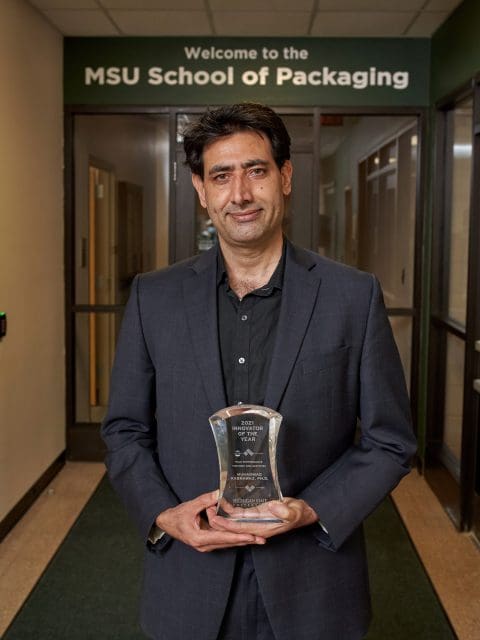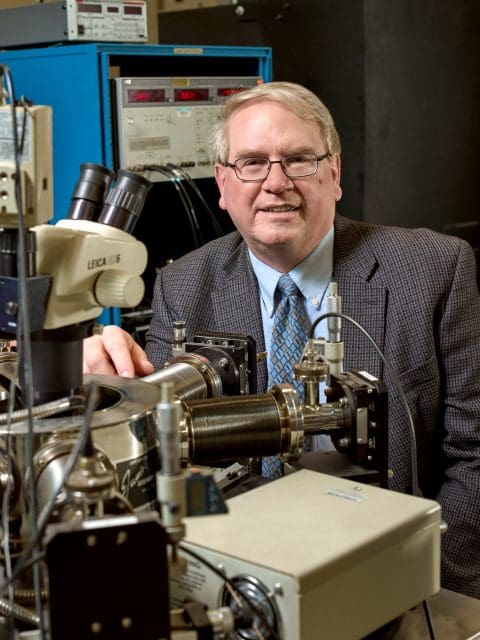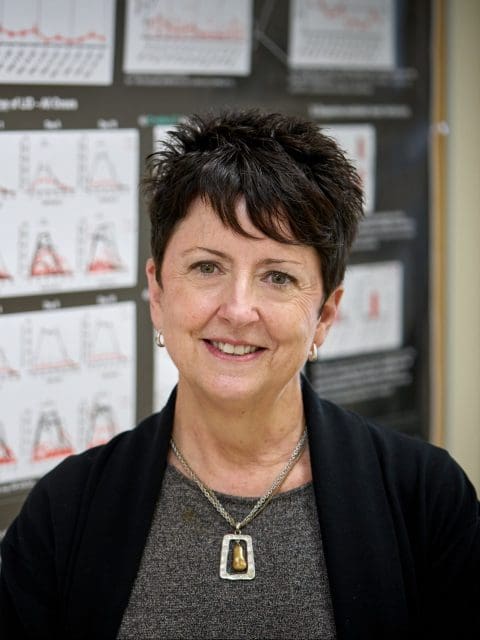JUNE 1, 2021 — MEDIA CONTACT: Tracy Henion, Director of Communications, ander1ta@msu.edu
Each year, the MSU Innovation Celebration honors Michigan State University researchers who reported an invention, licensed a technology or were awarded patents during the academic year. The awards recognize outstanding achievements in technology transfer and sponsored research.
Hosted by the MSU Innovation Center, this year would have marked the 11th annual event, but due to the global pandemic, it was canceled as it had been in 2020. Plans are underway for the 2022 Innovation Celebration.

The 2021 honorees:
- Tech Transfer Achievement Award: Timothy Grotjohn, a professor in MSU’s College of Engineering, has been researching and working for decades on the technology to grow diamonds in a lab for use in semiconductors and other advanced electronic applications. “MSU is getting to be known for its diamond work,” Grotjohn said. “We can supply those key semiconductor pieces others can’t.” That work is crucial for entities such as the U.S. Department of Energy because diamond material has an incredibly high thermal conductivity — much higher than copper — making it ideal for use in semiconductors.
- Innovator of the Year Award: Muhammad Rabnawaz, an assistant professor in MSU’s School of Packaging and adjunct professor in the Department of Chemistry, has published more than 50 research articles in the field of polymer and materials sciences, and he has filed and/or been granted more than 30 patents, eight of which are licensed or optioned. “If I don’t have the support that connects this data to the industry, my research wouldn’t make it to market. I need to focus on my research and mentoring students,” Rabnawaz said. “With the facilitation and encouragement from the Innovation Center, my work can thrive.”
- Innovation of the Year Award: Kathy Steece-Collier, a professor in the Department of Translational Neuroscience in the MSU College of Human Medicine, is working with her team to study the capacity and limitations of a gene therapy that can reduce and eliminate the side effects caused by Levodopa, a drug prescribed to alleviate tremors, stiffness and other motor symptoms characteristic of Parkinson’s disease. “I’ve been studying ways of dampening dyskinesia for approximately 20 years, and I’ve never seen anything this effective,” Steece-Collier said.
- Corporate Connector Award: Jennifer Rumler, managing director of MSU’s sales leadership minor, builds corporate partnerships to help students understand the potential and value of a career in sales. Thanks to those partnerships, MSU is developing a pipeline of creative problem-solvers ready to take on the role of professional salesperson. “We have a 100% job placement rate for the program for 10 of our 11 years,” Rumler said. “That’s not 100% six months after graduation – it’s before they graduate.”




